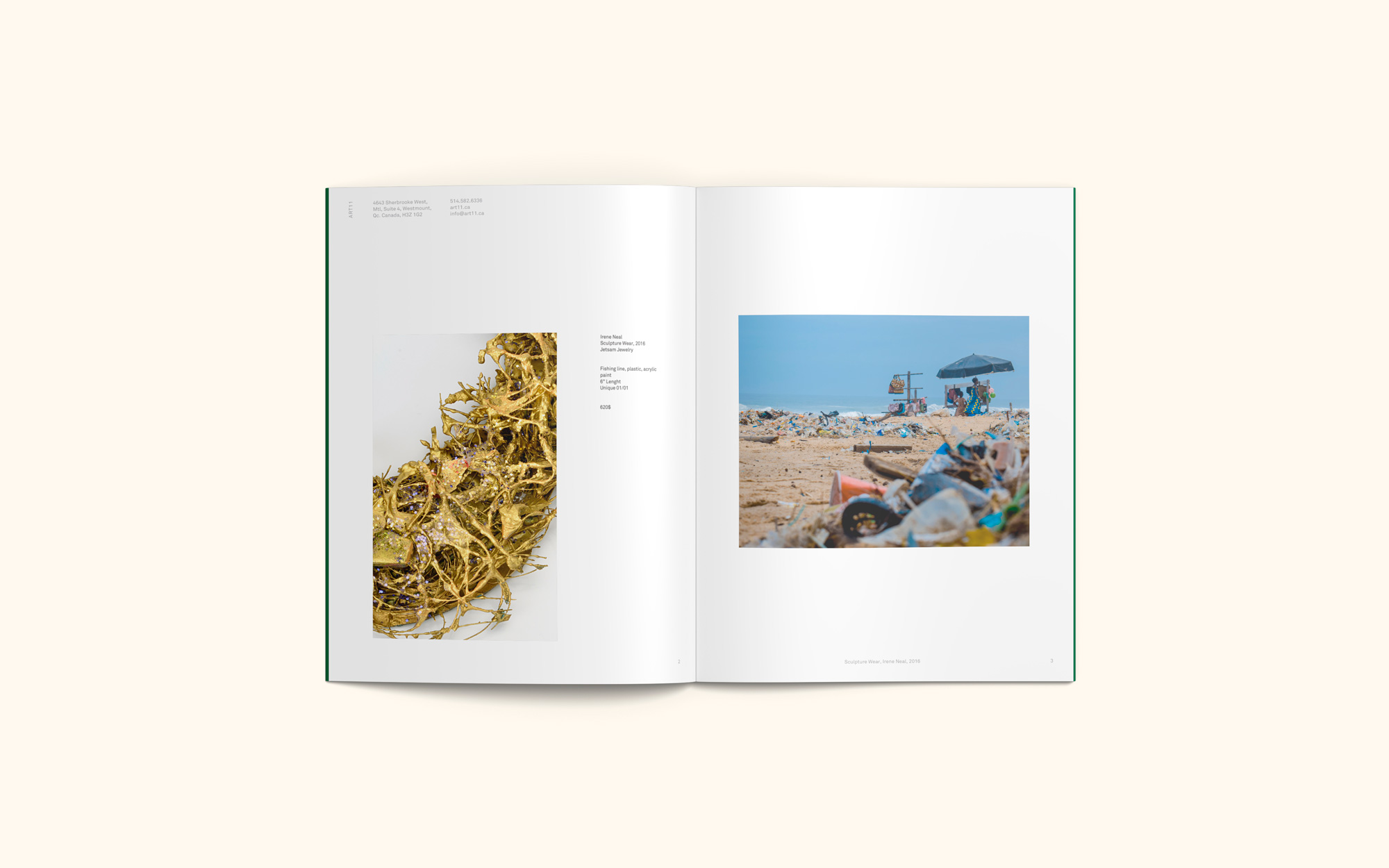
My own evolution happened over a certain period of time. I have gone through my own reflective process, over the course of these last 4-5 years. It was an evolution that was over a decade in the making. I had built a discourse and a vocabulary, that was specific to the brands and materials, that I was loyal to. My talking points to my clients didn’t vary. My intuitive aesthetic choices transformed themselves into conversations on how beauty and sustainability can unite, to better not only our physical environments, but also how we go about our selection process.
Beauty in design is a necessity. From the creatives part, it becomes a tool of communication. A visual language to tell others how their thoughts progressed over the creative process. Beauty and sustainability have a bright future together, because the preconceived notions of what sustainability should look like is no longer valid. Sustainable can be beautiful. In fact, it has to be! Otherwise, the general public will have greater difficulty in believing in its true power.
However, we find ourselves in an interesting predicament, in regards to industry. We have found, that the conversations had, while presenting design initiatives to the business world always led to the questions of aesthetics. It always remained on a superficial level. However, moving forward, that is no longer an option. Some form of physical manifestation is no longer even the necessary result of a collaboration. Designers roles are changing, with the world around them. They predict trends and observe human patterns and necessities. Therefore, the role of designers now belongs in the boardroom. They can help change the process of industries, in the most respectful and sustainable fashion, since design is human-centric at its core.
Designers create for people. Their processes can lead to a better planet, while enabling companies to not only maintain profit, but even increase it.
My main priority now is to showcase to both designers and businesses that, sometimes, even the smallest gesture can make a large impact towards sustainable development goals.
That change can be incremental and that the more you see the positive impact it can make, the more you will want to pursue it.
Furthermore, sometimes we arrive at processes, without even realizing that what we created something that is culturally sustainable. My goal is to highlight those elements and to guide you on how to take them to the next level.
- Anna-Maria Abbruzzo